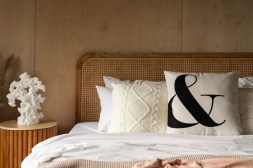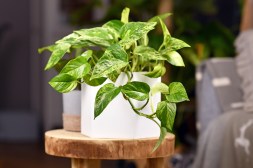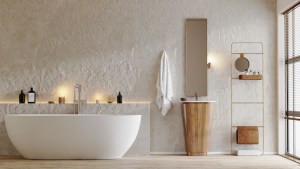Exploring Drainage: Why It Matters in Choosing Succulent Planters
Choosing the right planters for your succulents is crucial for their health and longevity. One of the most important factors to consider is drainage, as it plays a vital role in preventing overwatering and root rot. In this article, we will explore why drainage matters when selecting planters for succulents and how to choose the best options for your green friends.
Understanding Succulents’ Needs
Succulents are unique plants that thrive in arid conditions. They store water in their leaves, stems, or roots, allowing them to survive long periods without moisture. However, even though they are drought-resistant, succulents still require proper care when it comes to watering and drainage. The ideal planter will not only provide space for growth but also facilitate efficient water management.

The Importance of Drainage Holes
Drainage holes are a critical feature in any planter designed for succulents. These holes allow excess water to escape after watering, preventing soggy soil that can lead to root rot—a common issue among succulent owners. When selecting pots or containers, ensure they have adequate drainage holes at the bottom to keep moisture levels balanced.
Material Matters: Choosing the Right Planter Material
The material of the planter can significantly impact its performance regarding drainage. Terracotta pots are popular because they are porous and allow air exchange while absorbing excess moisture from the soil. Plastic pots can also work well if they incorporate drainage holes but may retain more water than terracotta or ceramic options.
Soil Selection: Pairing with Your Planter
While choosing an appropriate planter is essential, it’s equally important to pair it with the right soil mix. A well-draining soil composed of coarse materials like sand or perlite ensures that water flows through freely without becoming compacted around the roots of your succulent plants.
Aesthetics vs Functionality: Finding Balance
When choosing planters for succulents, aesthetics should not outweigh functionality. You may find beautiful decorative containers; however, ensure they have adequate drainage features or consider placing a functional pot inside an ornamental one if necessary—this way you can enjoy visual appeal without compromising on plant health.
In summary, choosing planters for your succulents involves careful consideration of several factors with drainage being paramount. By understanding your plant’s needs and selecting materials wisely along with appropriate soil types you can create an environment where your succulent collection thrives beautifully.
This text was generated using a large language model, and select text has been reviewed and moderated for purposes such as readability.


